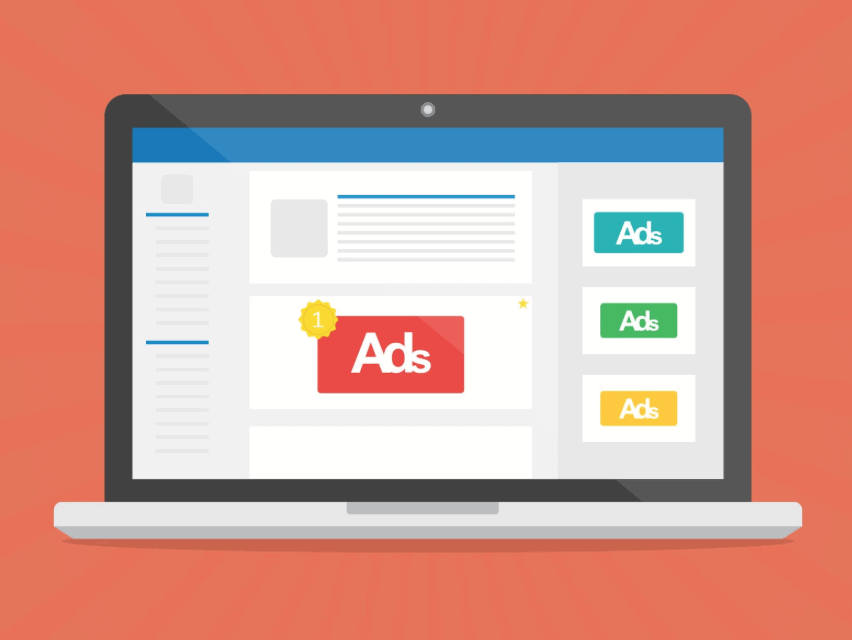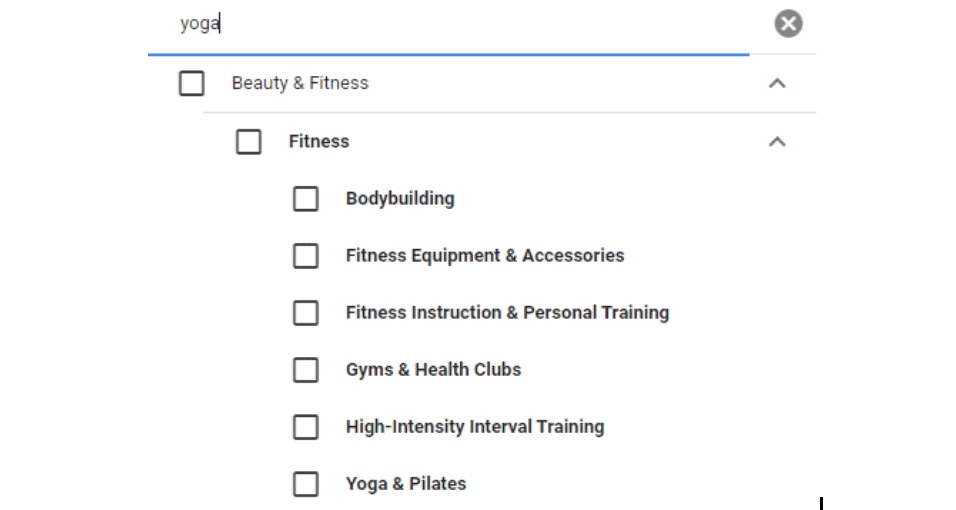A Guide To Google Display Network Targeting – Part 2
And so we move onto Part 2 of the blog – where you want your ads to be shown. Relatively self-explanatory, this section of the targeting process lets you decide where your adverts will actually be displayed.
Where you want your ads to be shown:
As you are (hopefully…) aware of the general characteristics of your target audience, there should be some idea in your mind of where best you would like your advertisements to be displayed. This is a helpful tool for making your target pool more specific and associating your brand with certain themes. For example, if you were promoting yoga getaways in North America, you could select an audience based on their US travel interests and place them on sites with yoga-focused content.
This is one of countless examples of the ways in which these Google combinations can operate. Content targeting is split into three sections – keywords, topics and placements. Here is how each of them works:
Content targeting
Keywords
This targeting feature lets you choose a selection of keywords and will post your display ads on webpages relevant to the terms that you have chosen. The more general the term, the more impressions you will get. However, this will inevitably lead to a lack of specificity, a reduced level of audience relevance and subsequently a worse engagement rate.
To refrain from blowing your budget on irrelevant displays, choose keywords that are focused on the specific genre of website that you are looking for your ads to appear on. The more niche the keyword, the better your placement should be.
Referring back to our North American yoga retreat example, if you were to target the keyword “yoga” to a crowd showing active interest in North American travel, this would see you get around 130k impressions. (This can be seen on the right hand side of the screen.)
However, if your retreat were to be aimed at beginners, the term “yoga beginner” combined with the same travel interest would render roughly 3k impressions. Whilst this may seem inferior by comparison, it is far more likely to convert and drive better traffic to your site given the keyword’s superior relevance.
It is a delicate balance that is difficult to master without an initial trial and error period. However, once you find that sweet spot it is sure to drive a flood of engaged traffic your way.
Topics
Similar to keyword targeting, but with a bit of a helping hand from Google Ads, targeting by topic lets you pick from a selection of popular subjects that Google has selected. Selecting one (or more than one) of these topics will see your ads displayed on webpages, apps and videos related to the topic in question.
Targeting by topic will offer a broader spectrum of target audience, however it is a good means of seeking inspiration. In a similar manner to Affinity targeting (see Part 1 of this blog), targeting websites by topic helps you build a collection of display locations around your audience’s specific interests.
Simply select the topic (or topics) that will be of interest to your target audience and Google will ensure that your display ads will be shown on webpages, apps and videos based around the topic. The topics are split down into subsections, meaning that you can select relatively specific subjects in the interest of more accurate targeting.
Placements
Placement targeting is essentially Google leaving the ball in your court and letting you select the specific websites, apps and videos on which your ads will be displayed. Not only is this effective if you have a detailed strategy outlined, but Google can also suggest specific websites when you enter a particular word or phrase into the search bar.
One thing to note if you are opting to select your targeted websites manually is that you should select as many as you can. As a general rule, you should aim to have more than 50 websites on your list when you kick off your campaign and actively look to add more as the campaign progresses. It is also worth noting that not every website is available to place your ads on. They have to be part of the display network, which is an extensive list of Google search partners willing to have ads displayed on their site.
So there you have it – our brief guide to Google display network targeting. Bear in mind that there are a plethora of different factors at play when it comes to managing a Google display campaign, many of which we haven’t covered here. If you do want to learn more about Google display advertising or are interested in starting up your own campaign, contact beth@signifydigital.com.




